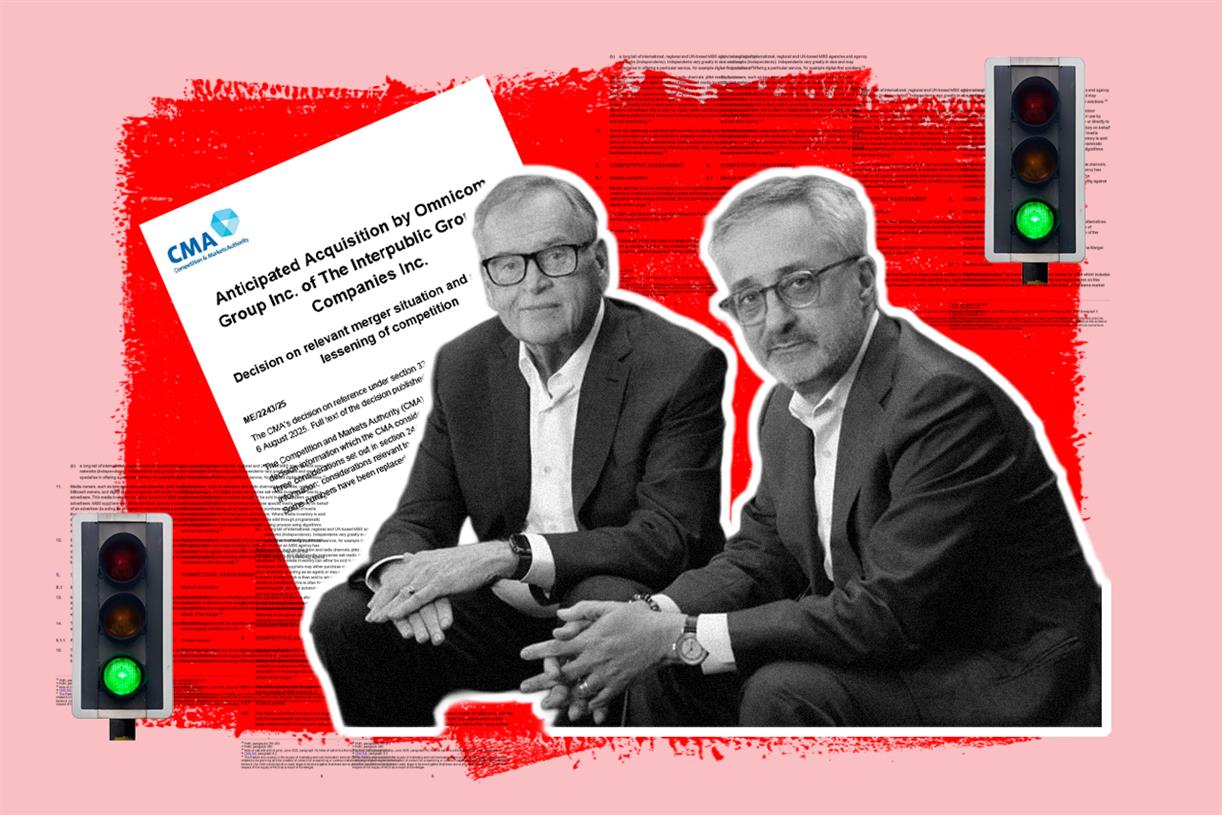Comcast will let Nielsen rival VideoAmp use its huge data set
Nation's biggest cable provider, while shrinking, offers major addition to VideoAmp coverage as it vies to handle TV deals.

Comcast will let VideoAmp incorporate aggregated set-top box viewership data into its measurement, giving the Nielsen rival a huge new data set for use in its battle to take share from the industry heavyweight.
The companies in a statement said the agreement will “help accelerate the availability of a new, audience-based impression-level measurement currency.”
Subscribe to Ad Age now for the latest industry news and analysis.
Executives of the companies declined to comment on precisely how many new household set-top boxes the deal would bring into VideoAmp’s universe. But in an interview, VideoAmp President Michael Parkes said Comcast’s data will bring his company’s coverage to 39 million U.S. households. As of last fall, VideoAmp Chief Measurability Officer Josh Chasin said the company was getting data from about 24 million households.
Comcast is the largest U.S. cable TV provider, with more than 18 million subscribers, according to company financial reports and data from Leichtman Research. But it also lost 1.5 million total pay TV subscribers last year, according to the same reports.
Comcast, which previously has provided STB data for Nielsen and Comscore, wants to help more players compete, said Claudio Marcus, VP of strategy for Comcast Advertising.
“For some time we’ve been looking at ways we could enhance the pace of innovation in audience measurement,” Marcus said. “It’s been largely dominated by a couple of companies, and our interest is aligned in supporting innovation and the quality of measurement, and that meant enabling other challengers to come into the space.”
Having more options is better, he said, not only for accurate whole-audience measurement but also for addressable advertising to custom audiences.
“It’s important that these emerging challengers have the ability to establish themselves in terms of currencies, which will require not only innovation but the quality controls in place to deliver accurate measurements over time,” Marcus said.
He doesn’t believe the market will move to “dozens of audience measurement providers,” Marcus said. “But we definitely see a world where we go from one or two to multiple.”
VideoAmp’s Chasin noted at the virtual Coalition for Innovation in Media Measurement Summit last week that VideoAmp has been getting data from one smart TV provider and three STB providers previously, and that new data inputs inevitably change measurement outcomes.
“No matter how big your data footprint is or how good your methodology, if you get a new data partner and integrate that new data partner, the numbers are going to change,” Chasin said. “Inputs have an impact on outcome.”
Register for Ad Age Next: Health & Wellness at AdAge.com/NextWellness.
Data stability is one factor buyers such as Omnicom Media Group and such clients as State Farm and AT&T are looking for in a current test of Comscore and VideoAmp measurement with Discovery as alternate currencies for the coming upfront.
While adding Comcast data will mean changes, Parkes said, “We make that data available to people to test and learn on with enough time where, once they’re ready to transact, they have enough historical learnings and are able to ensure reliable, consistent results.”
VideoAmp has “a lot of historical data, and we’ve been co-mingling set-top box and [smart TV] data for many years,” Parkes said. “This is not a new process for us.”

 ShanonG
ShanonG 






























